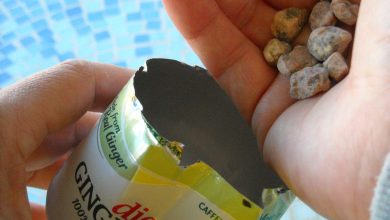Advanced recall training techniques for reactive dogs
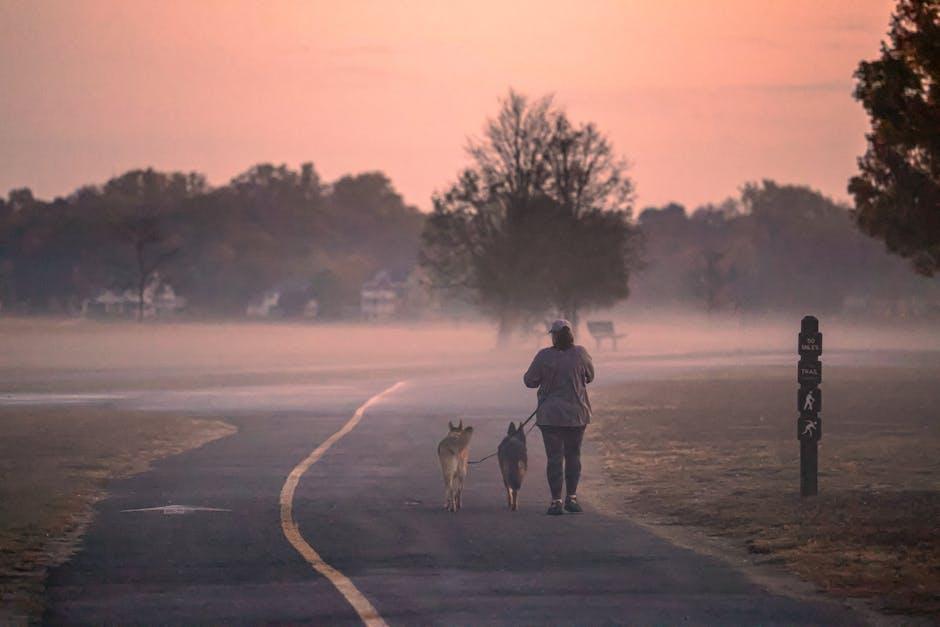
In the realm of dog training, addressing reactivity in our canine companions often presents a unique set of challenges. Reactivity, characterized by intense responses to specific stimuli such as other animals, people, or even objects, can stem from fear, frustration, or a lack of proper socialization. For dog owners and trainers alike, this behavior not only affects the dog’s well-being but also the harmony of their shared environment. As such, mastering advanced recall training techniques becomes an essential tool in transforming reactivity into calm and controlled responses. This article delves into the nuances of these advanced techniques, offering a structured approach to enhance the recall ability of reactive dogs. Through a combination of consistency, patience, and scientifically-backed methods, we aim to empower handlers with the skills needed to foster a more balanced and responsive canine partner. Whether you’re a seasoned trainer or a dedicated pet owner, these strategies will provide you with the insights necessary to effectively manage and improve your dog’s behavior.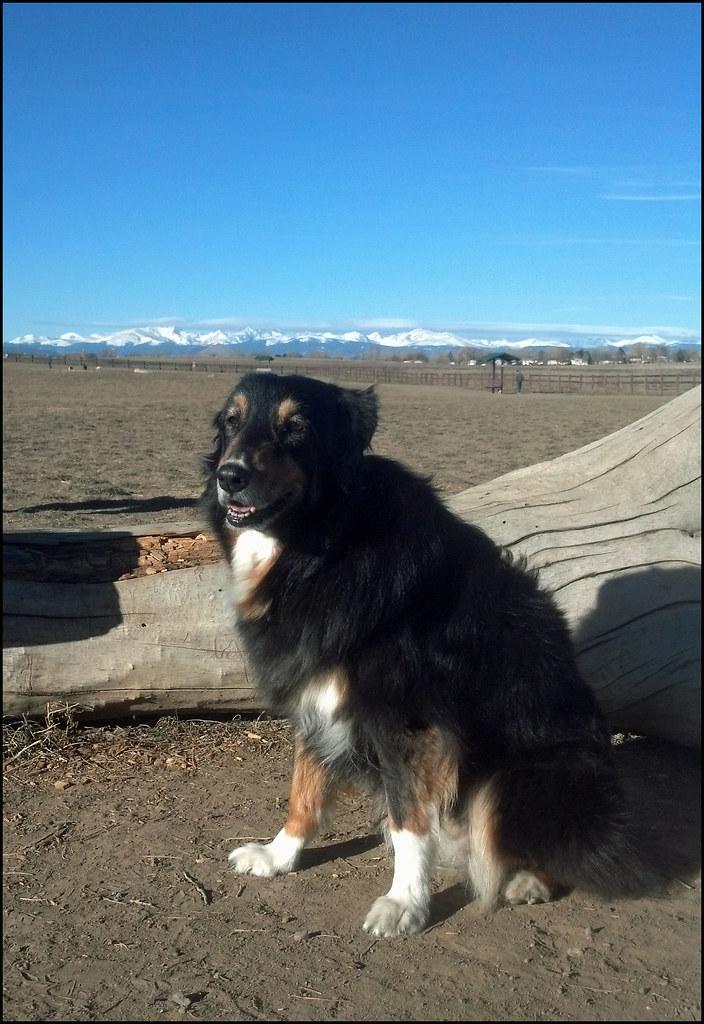
Understanding Reactivity in Dogs: Identifying Triggers and Behaviors
Understanding the underlying causes of reactivity in dogs is crucial for effective recall training. Dogs may exhibit reactive behaviors due to a variety of triggers, such as unfamiliar people, other animals, or loud noises. Identifying these triggers is the first step in managing reactivity. Begin by observing your dog’s body language during walks or social interactions. Common signs of reactivity include:
- Barking or growling
- Lunging on the leash
- Raised hackles
- Intense staring or focus
- Pacing or restlessness
Once triggers are identified, it’s important to work on desensitization and counter-conditioning techniques. Gradually expose your dog to these triggers at a distance where they remain calm, rewarding them for relaxed behavior. This process helps to build a positive association and can reduce reactivity over time. Remember, consistency and patience are key components in reshaping your dog’s responses to their environment.
Building a Strong Foundation: Establishing Trust and Communication
In the journey of mastering advanced recall training for reactive dogs, the cornerstone lies in fostering a relationship built on trust and effective communication. Begin by observing your dog’s body language and cues, which will help you understand their comfort levels and triggers. Consistency is key; regular, positive interactions strengthen the bond and make your dog more receptive to training.
- Positive Reinforcement: Use treats, toys, or verbal praise to reward your dog for desirable behavior. This reinforces the idea that good things happen when they respond to your call.
- Clear Signals: Develop a unique recall cue that is consistent and easily distinguishable. This could be a whistle, a specific word, or a hand signal.
- Safe Environment: Practice in a controlled setting where distractions are minimized, gradually increasing complexity as your dog becomes more confident.
By prioritizing these elements, you’ll create a nurturing environment where your dog feels secure, understood, and motivated to respond, even in challenging situations.
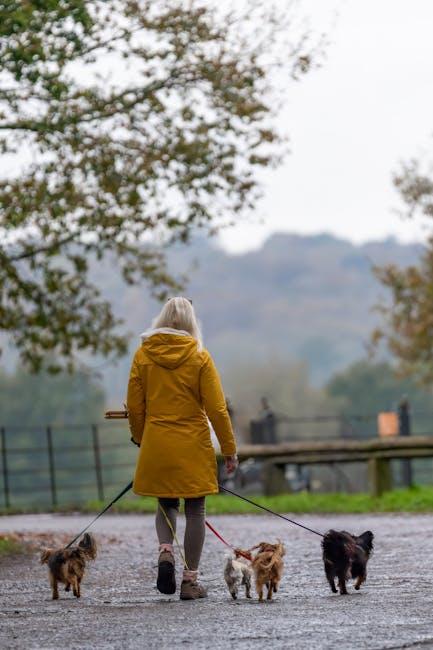
Progressive Desensitization Techniques: Gradual Exposure and Response Control
Progressive desensitization is a method that involves gradually introducing your reactive dog to triggers that typically cause anxiety or overexcitement. The key is to start at a distance or intensity level where your dog remains calm and gradually increase the exposure. This method helps in building tolerance and reducing the dog’s reactive responses over time. Here’s how you can implement this technique effectively:
- Identify Triggers: Make a list of situations or objects that cause your dog to react. This could be other dogs, people, or loud noises.
- Set a Baseline: Determine the distance or intensity level at which your dog begins to react. This is your starting point.
- Controlled Exposure: Begin exposing your dog to the trigger at a level where they remain calm, gradually decreasing the distance or increasing the intensity over several sessions.
- Positive Reinforcement: Reward your dog with treats or praise for calm behavior during exposure, reinforcing the idea that the trigger is not a threat.
Simultaneously, it’s crucial to incorporate response control techniques. Teaching your dog alternative behaviors in response to triggers can help redirect their energy. For example, using commands like “sit” or “look at me” can shift their focus away from the trigger. Consistent practice of these techniques not only enhances your dog’s recall skills but also builds their confidence and trust in you as a handler.
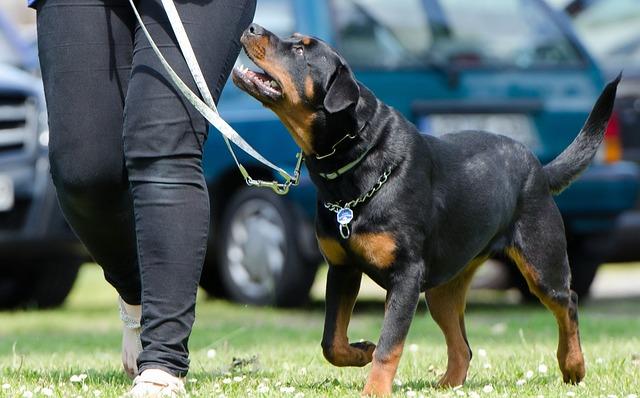
Incorporating Positive Reinforcement: Effective Reward Systems for Recall
Positive reinforcement plays a crucial role in enhancing recall training for reactive dogs. By implementing effective reward systems, trainers can significantly improve a dog’s response to recall commands. The key is to identify and utilize rewards that are meaningful and motivating to the individual dog. This could include treats, toys, or verbal praise. Consistency and timing are essential; rewards should be given immediately after the desired behavior to reinforce the connection between the recall command and the positive outcome.
- High-value treats: Use treats that are irresistible and reserved exclusively for training sessions.
- Play sessions: Incorporate short playtimes with favorite toys as a reward for successful recall.
- Affection and praise: Some dogs respond best to enthusiastic verbal praise and physical affection, like petting or belly rubs.
- Variable rewards: Mix up the rewards to keep the dog guessing and engaged, maintaining their interest in the training process.
By understanding what motivates each individual dog, trainers can tailor their approach to ensure that positive reinforcement is both effective and enjoyable, ultimately leading to more reliable recall responses.
To Conclude
advanced recall training techniques for reactive dogs offer a structured approach to enhancing your dog’s responsiveness and safety. By integrating positive reinforcement, gradual desensitization, and consistent practice, you can effectively manage reactivity and foster a more harmonious relationship with your canine companion. Remember, patience and persistence are key, as progress may be gradual. As you implement these techniques, regularly assess your dog’s behavior and adjust your strategies to suit their individual needs. Ultimately, the goal is to build a reliable recall that not only enhances your dog’s freedom but also ensures their well-being in various environments. Continue to seek guidance from professional trainers if needed, and celebrate the small victories along the way.


